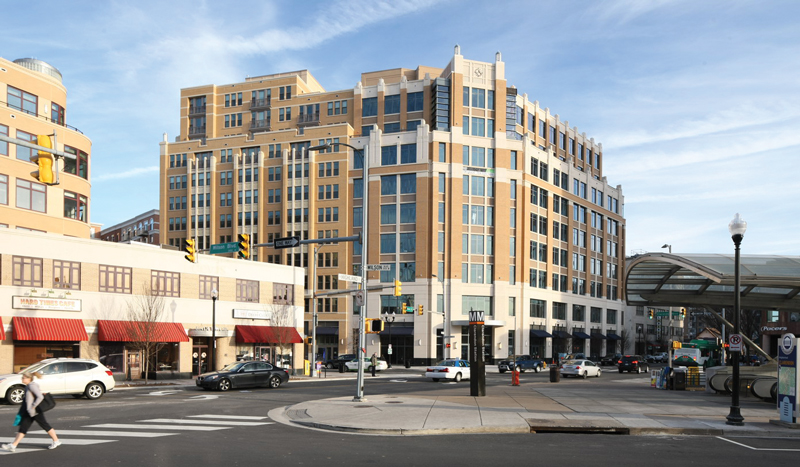A certain type of city and town center has remained viable despite the onslaught of highway-oriented suburban development over the past 60 years.
Centers in larger metropolitan areas with strong commuter-rail systems dominated this list: for example, Somerville near Boston, Evanston near Chicago, Walnut Creek in the San Francisco Bay area, and the Ballston neighborhood of Arlington, Virginia, near Washington, D.C.
Vibrant centers have other important features. Parks—from the classic spaces designed by Frederick Law Olmsted and his sons to such notable recent facilities as Millennium Park in Chicago and the High Line in New York City—are magnets for people and investment in nearby properties. Waterfronts have a similar impact.
Urban and suburban centers cannot be vibrant unless they also function as places for play: cultural and arts districts, sports and entertainment venues, and associated hospitality facilities add this dimension. In Charleston, South Carolina, Mayor Joseph Riley Jr. has demonstrated how to use historic preservation and authenticity to spur vibrancy.
This report lists 8 ways to promote urban vibrancy.

